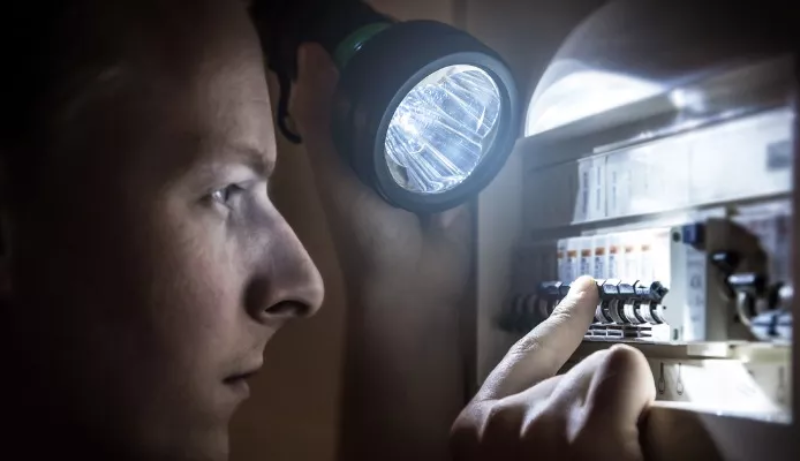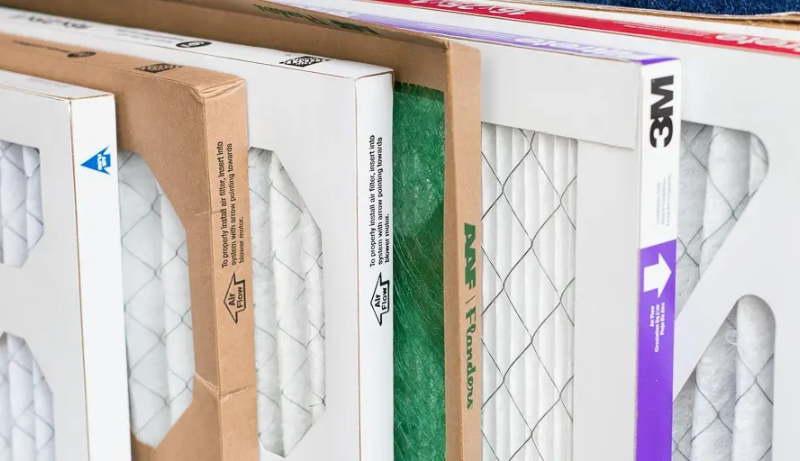Have you ever considered how essential a working alternator is in order to charge the battery?
A resounding “Yes!” It will definitely be vital for you, there is no question about that.
And you are aware of how an alternator functions? An alternator is made to provide power for the whole electrical system of your car as well as to recharge the battery.
Typically, that electrical energy is created by changing mechanical energy.
Unbelievable as it may seem, the battery won’t be able to create enough power to keep the engine running if you intend to start the car without utilising an alternator.
By the way, what’s the catch? The alternator is essential for keeping the battery fully charged and for reversing the whole current to power all of the components.
Additionally, this comprehensive instruction will assist you in understanding how to connect an alternator to charge a battery. It will enable you to make the most of it.
How Will a Battery Be Charged by an Alternator?
Simply said, there are four wires in all. What must be done is listed below.
- The first wire will emerge from the shell and eventually connect to the negative contact of the battery.
- Choose one of the field wire, connecting to the positive terminal, the following three wires.
- Make sure you install the primary on-off switch, which is unquestionably important.
- Additionally, whenever starting the alternator, turn the switch on.
- As long as the alternator is operating, kindly switch it off.
- When not in use, turn off the alternator.
- The other wires connect directly to the positive terminal of the battery.
- Add a resistor between the positive terminal and the field wire if it isn’t spinning quickly enough to produce energy.
Additionally, the battery positive wire, ignition wire, and voltage sensor wire are all included in the three-wire alternator type. Wow, that’s remarkable.
- The starter has a solid connection to the battery-positive wire.
- In addition, the battery can be linked to the voltage sensor wire.
- The ignition wire will be connected correctly and simply from the alternator to the key switch.
- Do you know what the two little wires on the alternator are for?
- The negative and positive cables are the only ones you may attach to the alternators with confidence.
- Make that the cables are properly connected to the alternators.
- Additionally, the jumper wire successfully connects to both the B+ terminal and the alternator terminal.
In essence, a battery and an alternator work together seamlessly to provide enough energy to all of the car’s components. Got it?
The alternator is crucial to keeping the battery charged evenly and running the car’s interior lights, headlights, radio, and dashboard lights.
- Additionally, the alternator has a rotor that rotates each time the engine starts.
- In addition, the rotor rotates forcefully to generate a magnetic field.
- After that, a current will be produced by the magnetic field and passed through the alternator to charge the battery.
- The three wires will also successfully pull the electricity via the alternator.
- By doing so, both the electrical system and the automobile will continue to run.
- You achieve the greatest outcomes, make sure you complete the process properly.
A three-wire alternator is essential to maintain the numerous electrical components in the technologically advanced versions functioning smoothly and dependably.
Additionally, a regulator inside the device continuously tracks the amount of volts flowing towards the battery. Wonderful, isn’t it?
The regulator will adjust to the circumstance by reducing and raising the alternator output, so keeping a consistent flow of voltage reliably to the battery, while the voltage changes dramatically over time, whether about rising or decreasing the alternator.
And what about that? Since alternators only have one wire and an external regulator, you may swap out the damaged regulator.
Recent alternator models require the entire alternator to be replaced, particularly when the regulator totally fails or wears out.
Reasons an alternator is not able to recharge the battery
Many consumers are unsure of where electrical problems in their car start. Such issues may be quickly identified and mistakes corrected to get accurate findings.
Here is a list of the top five reasons an alternator may not be charging your battery.
A computer bug
Undoubtedly, a lot of individuals drive vehicles produced in the previous 25 years.
These recently developed vehicles have computer systems or engine control units that control all of the vehicle’s parts and components.
a bit more research! The alternator is likewise controlled by the computer. Therefore, any computer glitch causes the alternator to malfunction and should be avoided.
Wiring Problems
The car has several wiring parts that provide electricity, notably for the alternator.
When preparing to charge the battery, a number of wire components in the car work to power the alternator.
The alternator’s ability to produce electricity can fail with just one severed or disconnected wire.
To enable the alternator to charge the battery, the wire has to be replaced or repaired.
Bad alternator or battery
Since each has a specific lifespan, batteries and alternators are not designed to endure indefinitely. Is it not?
Generally speaking, a car’s battery can last between two and six years, depending on the terrain, usage, and maintenance.
Since batteries are made to store energy, they are intended to last longer in colder conditions and less time in warmer ones.
Alternators have a lifespan of seven years on average, however there are numerous outliers.
How to Perfect It
An alternator going terribly bad is the most obvious cause of battery discharge.
Testing the voltage is simple, especially when the battery is connected to a voltmeter. Make careful to turn off the engine while working.
Additionally, the voltage measurement must be between 12 and 13 volts. And what about that? When the reading is lower than usual, it is simple to infer that the battery is malfunctioning.
Start the car after the battery is consistently functioning, and rev it up to 2000 RPM.
Increasing demand, especially on the alternator, is a very important advantage.
Verify that a lowering voltage reading on a voltmeter indicates an alternator issue that has to be fixed for it to work correctly.
Conclusion
Isn’t the alternator a useful tool that charges the battery to keep the automobile operating efficiently for a long time? 100% AGREE! You heard correctly.
In addition to charging the car’s battery, it is also in charge of charging the batteries for boats, machines, and other vehicles that use batteries for power.
Furthermore, a wire alternator system is also present in older cars that have not been rebuilt, correct?
The most popular form of three-wire alternator is the three-wire alternator.
After reading this article, you will understand how to wire an alternator, particularly if you want to charge a battery.





Leave a Reply